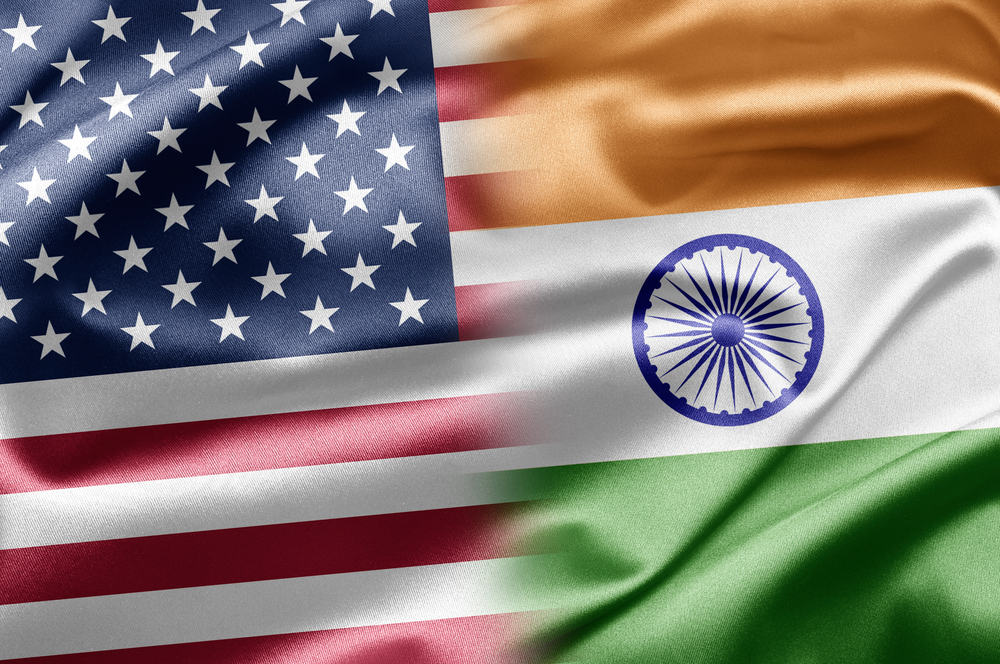Adding Substance to the India-U.S. Declaration of Friendship

Please note that we are not authorised to provide any investment advice. The content on this page is for information purposes only.
Economic relations between India and the United States seem to be going well. Prime Minister Modi and President Obama reinforced this in New Delhi endorsing the India–US Delhi Declaration of Friendship. But beneath the friendly joint statement of a new economic partnership lie considerable differences on critical issues of economic significance. Strengthening bilateral relations means overcoming these hurdles.
Economic relations between India and the United States seem to be going well. Prime Minister Modi and President Obama reinforced this in New Delhi endorsing the India–US Delhi Declaration of Friendship. But beneath the friendly joint statement of a new economic partnership lie considerable differences on critical issues of economic significance. Strengthening bilateral relations means overcoming these hurdles.
India has repeatedly voiced concerns that its IT-driven services sector faces several barriers to entry into the US market. Recently proposed policy changes are threatening to exacerbate the problem. India has consistently raised these issues with the World Trade Organization (WTO), but its demand for a less restrictive regime for service providers has failed to cut any ice with countries like the US.
US domestic policies have become significantly more unfavourable since the economic downturn in 2008. Now, the US Congress is debating immigration reform, which could have far-reaching implications for Indian IT firms. The 2013 Border Security Economic Opportunity and Immigration Modernization Act propose to cap the share of employees holding H1B visas in any firm at 15 percent. While the bill has passed the Senate, it has yet to clear the House of Representatives.
From India’s point of view, President Obama’s offer to support India’s transition into a low carbon economy is an important step. India has previously considered adopting green technologies, especially in the energy sector. In 2010, the Singh government introduced the ambitious National Solar Mission, which aimed to provide 20,000 MW of grid-connected solar power by 2022. In its attempt to reduce the cost of power generation, the government promoted the use of domestically produced solar panels.
But these plans are now in serious jeopardy. The US has objected to the use of ‘Made in India’ solar panels, labelling it as a violation of India’s national treatment commitment to the WTO. India is now busy defending itself against the complaint made to the WTO’s Dispute Settlement Body. Now that the leaders of the two countries have agreed to work in a spirit of cooperation, India should expect the US to support the plans it had enacted to generate affordable solar power in the country.
But this is not the only area in which India’s economic policies have met with serious challenge from the US administration. In December 2014, the US International Trade Commission (USITC) unveiled the findings of a yearlong survey of the effects of India’s trade, investment and industrial policies on the US economy.
The report concluded that that a wide range of restrictive Indian policies have adversely affected US companies doing business in India. The USITC reports that its investigations (covering a large number of US business lobbies) showed that tariffs, as well as taxes and financial regulations, have had the heaviest effects on US companies. Foreign direct investment and intellectual property policies have also negatively affected specific industries in the agricultural, service and manufacturing sectors.
The USITC announced that ‘if tariff and investment restrictions were fully eliminated and standards of [intellectual property] protection were made comparable to US and Western European levels, US exports to India would rise by two-thirds, and US investment in India would roughly double’.
The message is unambiguous: India must undertake a significant change in its policy orientation so that it meets the expectations of the business interests in US and Western European countries.
This broad affront on India’s economic policies by the USITC, which closely followed the investigation of India’s intellectual property laws by the US Trade Representative, seem to undermine the newfound warmth in the relations between the two countries. It is clear that the various wings of the US administration need to understand the spirit of the New Delhi dialogue on economic issues, else the economic partnership will be all for nothing.
India–US relations face hurdles is republished with permission from East Asia Forum




